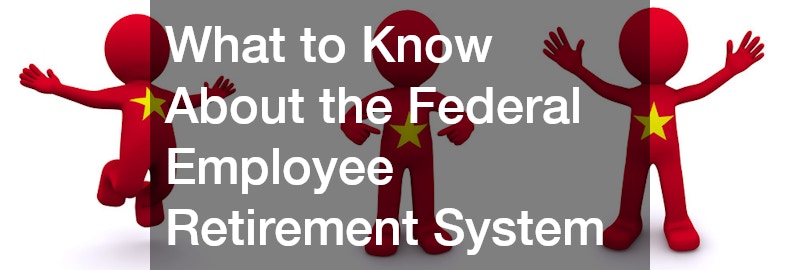What to Know About the Federal Employee Retirement System


The Federal Employee Retirement System (FERS) is a comprehensive retirement plan designed to provide federal employees with financial security after they retire. Established in 1987, FERS replaced the older Civil Service Retirement System (CSRS) and covers most federal employees hired after January 1, 1984. Understanding the components and benefits of the federal employee retirement system is crucial for federal workers as they plan for their future.
Components of FERS
The federal employee retirement system is made up of three main components: the Basic Benefit Plan, Social Security, and the Thrift Savings Plan (TSP). Each of these components plays a vital role in ensuring that federal employees have a well-rounded retirement income.
- Basic Benefit Plan: This is a defined benefit plan, meaning that it provides a fixed, predictable monthly pension based on the employee’s years of service and salary history. Federal employees contribute a small percentage of their salary towards this plan, and the government also makes contributions. Upon retirement, the employee receives a monthly annuity payment for life.
- Social Security: Federal employees under FERS are also covered by Social Security. They pay into the system through payroll taxes, just like other workers in the U.S. Upon reaching the age of eligibility, typically 62, they can begin receiving Social Security benefits in addition to their FERS annuity.
- Thrift Savings Plan (TSP): The TSP is a defined contribution plan similar to a 401(k) plan offered in the private sector. Federal employees can contribute a portion of their salary to the TSP, and the government provides matching contributions up to a certain limit. The TSP offers various investment options, and the amount available upon retirement depends on the contributions made and the investment performance.
Retirement Eligibility and Benefits

Eligibility for retirement under the federal employee retirement system depends on a combination of age and years of service. For example, an employee can retire at the age of 62 with at least five years of service, or at 60 with at least 20 years of service. There is also an option to retire as early as 55 with 30 years of service, though the benefits may be reduced if the employee retires before reaching the age of 62.
The benefits received under FERS are calculated based on a formula that considers the employee’s highest three years of average salary and their total years of service. This ensures that the retirement benefits are reflective of the employee’s earnings and service over time.
In conclusion, the federal employee retirement system provides a robust framework for retirement savings, combining the Basic Benefit Plan, Social Security, and the TSP. By taking advantage of these benefits and planning accordingly, federal employees can look forward to a financially secure retirement.